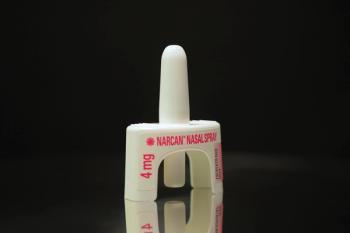
Pharmacy technician numbers are on the rise nationwide
State boards of pharmacy tackle technician certification, pedigree, and other difficult policy issues.
Between July 2006 and July 2007, the number of technicians jumped 12.7% to 284,421. During the same period, the number of licensed pharmacists increased at a more modest rate-4.5%-reaching 392,097. Because many pharmacists are licensed to practice in more than one state, NABP also tracks the number of pharmacists with in-state addresses to pro-vide a clearer picture of the number of licensed pharmacists. The number of in-state licensed pharmacists grew at a similar rate: 4.1% to 264,960.
California once again led the way in reliance on technicians. While the number of pharmacists grew by only 3.4% between the 2007 and 2008 surveys, the number of technicians grew by 28% as the state added more than 11,000 technicians in a single year.
The number of pharmacies edged up slightly during the period to 85,300, a gain of less than 1%. The number of independent community pharmacies dropped by 199, while the number of chain and hospital pharmacies increased only slightly. The bulk of the increase came from the out-of-state or non-resident pharmacy category. According to the 2007 NCPA-Pfizer Digest, which analyzed data on independent pharmacies during 2006, the ranks of independent pharmacies saw a more precipitous decline. NCPA reported that the number of community pharmacies dropped by more than 1,100 to 23,348. The two studies covered overlapping, but not identical, time periods, and did not use the same criteria for defining independent community pharmacy.
A majority of pharmacists (56%) continue to work in community settings. Another 17% of pharmacists work in hospitals, followed by 6% in manufacturing and 1% in academia. The remaining 20% work in other undefined settings.
Newsletter
Pharmacy practice is always changing. Stay ahead of the curve with the Drug Topics newsletter and get the latest drug information, industry trends, and patient care tips.





















































































































































